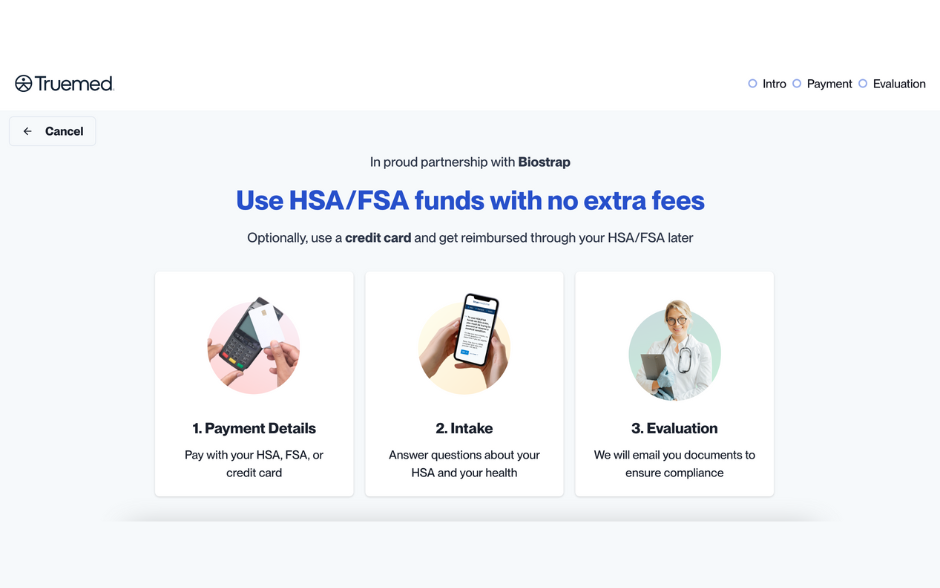In assessing overall health, the role of the nervous system is often overlooked, but the Parasympathetic Nervous System is a key component in understanding and achieving optimal training and wellness goals.
The body’s Autonomic Nervous System (ANS) controls and influences internal organ function through largely automatic processes such as digestion, respiration, and heart rate. The larger ANS is divided into several systems including the more well-known “fight-or-flight” Sympathetic Nervous System (SNS) and lesser known “rest-and-digest” Parasympathetic Nervous System (PNS). These systems naturally counteract each other and work to achieve balance within the body.
Why It’s Important
The body should naturally remain in PNS most of the time, and only activate SNS in life-threatening situations; however, in the modern age, the body’s SNS response is often triggered by everyday stressors, including adrenaline rushes from caffeine, exercise, and anxiety.
Spending too much time in SNS can lead to a general weakening of the immune system as well as other serious health issues such as:
- Cardiovascular issues. High blood pressure, hardening of the arteries, and heart attack
- Gastrointestinal issues. IBS, chronic constipation or diarrhea
- Endocrine System issues. Type 2 diabetes, sexual impotence, and decreased energy and longevity
- Decreased exercise recovery. Muscle and training fatigue
Comparatively, some benefits from spending more time in PNS include:
- Cardiovascular benefits. Higher Heart Rate Variability, lower blood pressure, decreased risk of heart attack
- More stable blood sugar. Decreased risk of diabetes
- Higher overall energy. Due to more balanced cortisol levels
- Better sleep quality. SNS can negatively impact circadian rhythm
Activating the Parasympathetic Nervous System
While the average person spends too much time in SNS, there are ways to adjust your habits and thinking in order to increase time spent in PNS.
High Intensity Training
Change it up— high intensity exercise activates the SNS and studies have shown that repeated, intense training can decrease the ability to transition back to the PNS. Like most things in life, balance is key: take rest days and be sure to include lower intensity exercises throughout the week.
Aerobic Exercise
Studies have shown that light to moderate aerobic exercise such as walking or swimming for at least 30 minutes per day at least five days per week can improve the PNS response. Over time, the PNS response and Heart Rate Variability increase and Resting Heart Rate decreases. Mind-body centered exercise such as yoga and tai chi carry similar benefits.
Meditation & Massage
Stress relief and relaxation are hugely impactful in achieving the “rest-and-digest” mode of the PNS. Deep breathing and focus on relaxing the mind lead to less stress and less time spent in SNS.
Many of the metrics Biostrap tracks— including HRV, RHR, SpO2, and sleep tracking— can be quality indicators of time spent in the SNS vs. PNS. By carefully tracking your body’s metrics, you can consciously control your Autonomic Nervous System and reap the benefits of the Parasympathetic Response.



